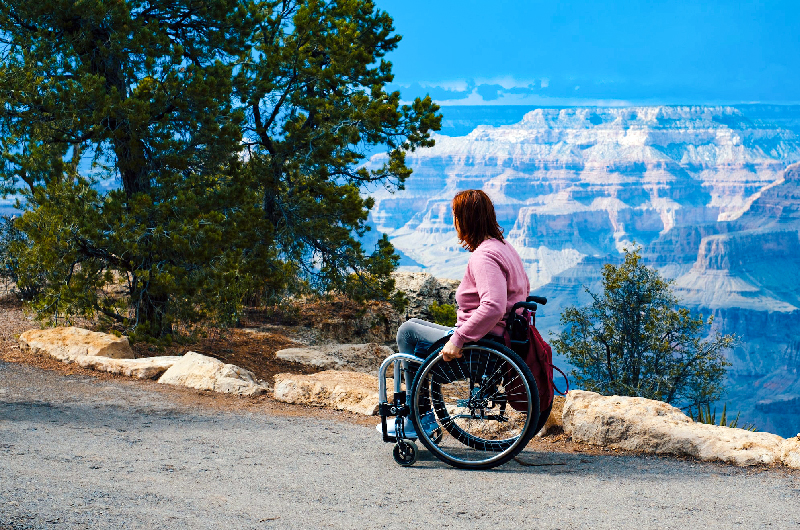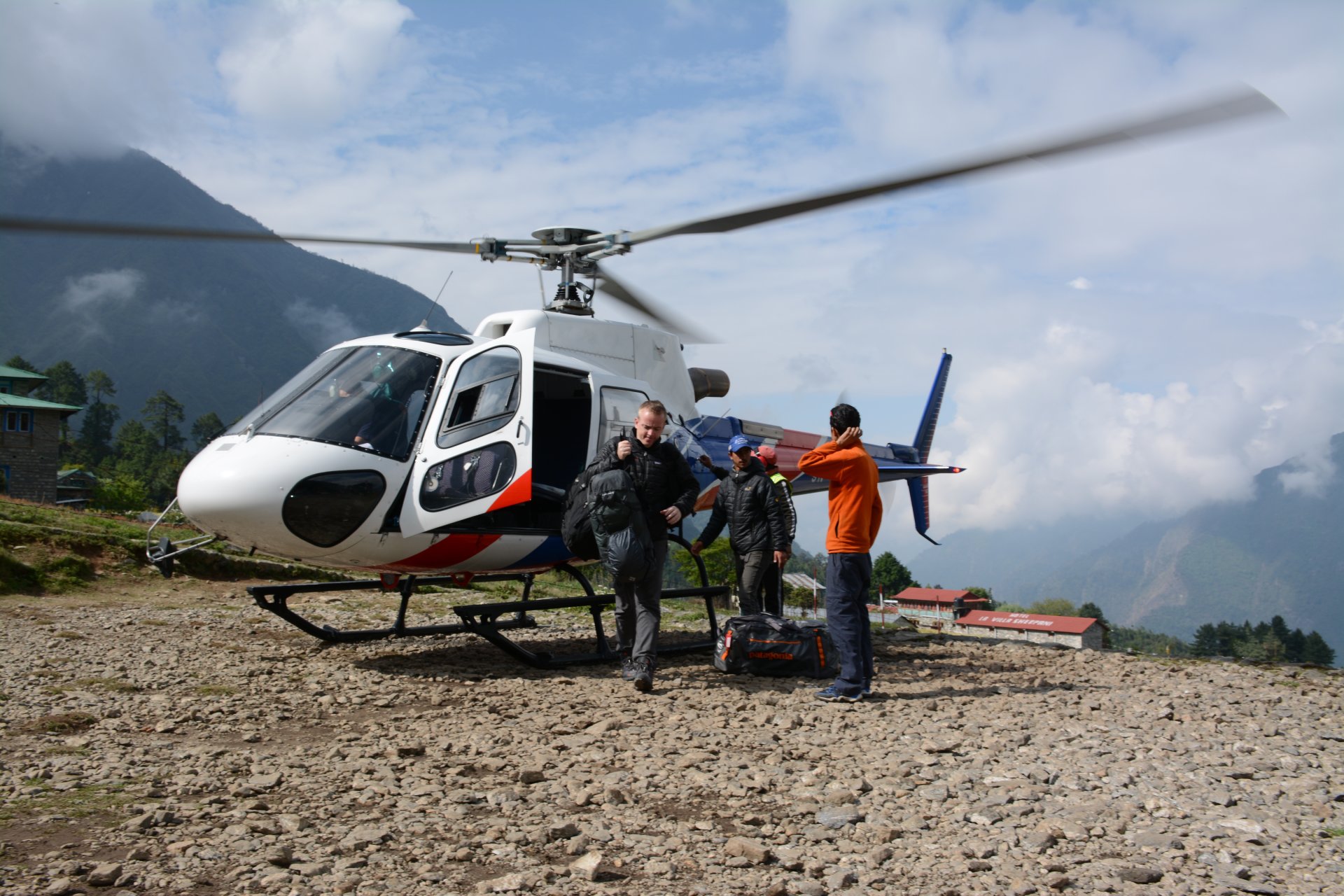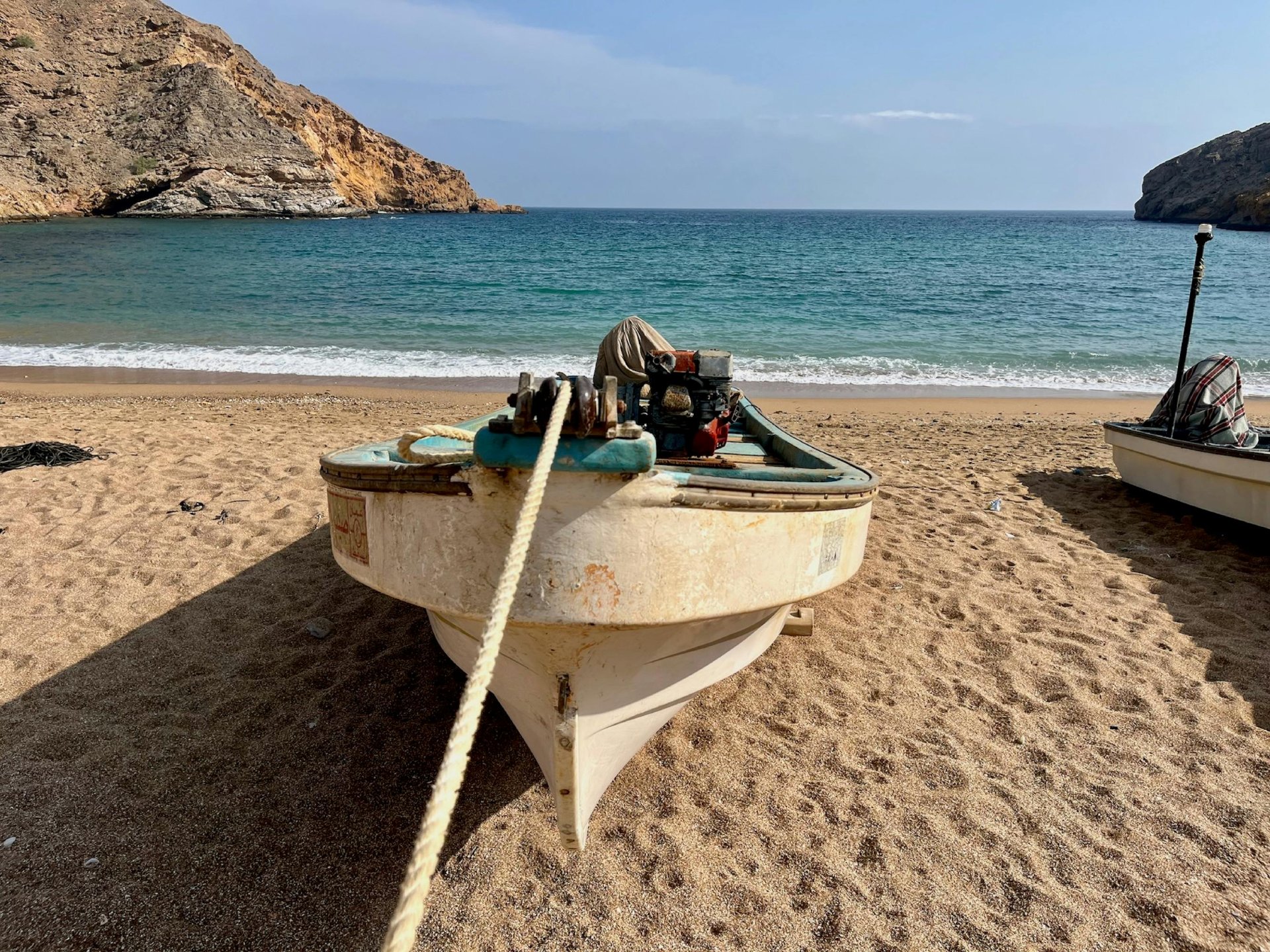If you are traveling with a disability, planning a trip—especially internationally—can be met with daunting obstacles. Disabled travel is a reality experienced by most of the millions of disabled people who travel each year.
A recent report by MMGY Global, Portrait of Travelers with Disabilities: Mobility and Accessibility revealed that “nearly all (96%) of more than 2,700 respondents to the survey (those who either have a disability and use a mobility aid or a caretaker)…have faced an accommodation problem while traveling, experienced flight problems (86%) or have had in-market transportation problems (79%),” as reported by Travel Weekly.
Accessibility challenges can happen at nearly every stage of the travel journey from transportation to lodging to seeing the sites. This is especially true if traveling internationally where accessibility can vary dramatically by country and even within a country.

John Sage, founder of Sage Traveling—a travel company specializing in disability travel in Europe—knows this well. He’s traveled to more than 140 European cities in a wheelchair, assessing the accessibility of each location.
“In general, older cities and older parts of cities have more accessibility challenges,” he says. “These are often the most desirable parts of the city for tourists so accessibility challenges can be common. Finding an accessible bathroom in Paris’ Left Bank is challenging because many are located downstairs. Edinburgh’s Royal Mile has a significant slope to it. Florence’s cobblestones present challenges for many disabled visitors.”
Amanda Burrill, a Global Rescue member who lives with a traumatic brain injury, also has an unstoppable zest for travel and makes adjustments based on her needs to ensure a successful trip.
“I allow myself extra time when traveling to or from a place because it can take me longer to read and process signs,” she said.
If you are traveling with a disability, here are some tips from Sage and Burrill, based on their experience:
- Get organized in advance. Everything is going to take so much longer than you think because there is more to consider if you are traveling with a disability, Burrill says. Getting your paperwork together—such as for a visa—can save you a headache later. In Sage’s experience, “the more accessibility research you do, the more accessible your trip will be!”
- Hire an accessible travel specialist, like Sage Traveling. If you are not confident in the accessibility of a location, “enlist the help of a knowledgeable accessible travel specialist to ensure a smooth experience,” Sage says.
- Book hotels far in advance. Sage notes that hotels usually only have 1 or 2 accessible rooms, so booking them at least nine months in advance can help you secure one at a reasonable price.
- Pre-download locations on your phone, especially hospitals. Before Burrill travels to a location, she uses Google Maps to chart where the local hospitals are, should she need help.
- Build in necessary breaks. Due to the nature of her injury, loud noises and large groups of people can be particularly exhausting for Burrill. When she travels to a city, she builds in plenty of time to rest and recover at her hotel.
There are many other ways to make your trip go smoothly. Read Sage Traveling’s top 10 Europe Handicapped Travel Tips here.
The U.S. Department of State shares the following tips for preparing for travel, which include additional resources for those traveling with disabilities:
- Consult your travel agent, hotel, airline, or cruise ship company to learn about services during your trip and your destination, including specific requirements for service animals. View Mobility International USA’s tip sheet for Guide Dogs and International Travel.
- Call the Transportation Security Administration’s (TSA) helpline for travelers with disabilities and medical conditions at 855-787-2227 (toll-free) to request assistance with the security screening process, or check TSA’s website, TSA Cares. They can answer questions about screening policies, procedures, and security checkpoints.
- Check websites such as Mobility International USA to find overseas disability organizations.
- Read Section 6 of the State Department’s annual Human Rights Report for information about the human rights and social service framework protecting the rights of individuals with disabilities in your destination country. (U.S. Department of State)
The transportation and Security Administration offers customized advice, based on your specific needs. You can visit their website here.

All the extra work of traveling with a disability is well worth it for the experience, Sage and Burrill agree.
In Burrill’s case, traveling has served as a healing practice, facilitating neuroplasticity in her brain through new experiences.
“It’s hard to understate how helpful these new experiences have been for me,” she says. “It’s empowering and healing to enjoy life in this way.”
For Sage, his years of traveling in a wheelchair can serve as an inspiration to those considering traveling with a disability for the first time.
“Traveling with a disability can be done!” he says.” It might take extra work or extra resources, but it is entirely possible.”
For travelers of all abilities, Global Rescue’s memberships can add peace of mind while you travel. With a membership, you’ll have the confidence that if a medical or security emergency occurs, Global Rescue is here to get you the help you need. Become a member today.









